Throwback Thursday No.5 – 2013 – Tesco Watford

Steve Dresser
Founder of Grocery Insight & retail influencer
"The man supermarket CEO's turn to" - BBC"
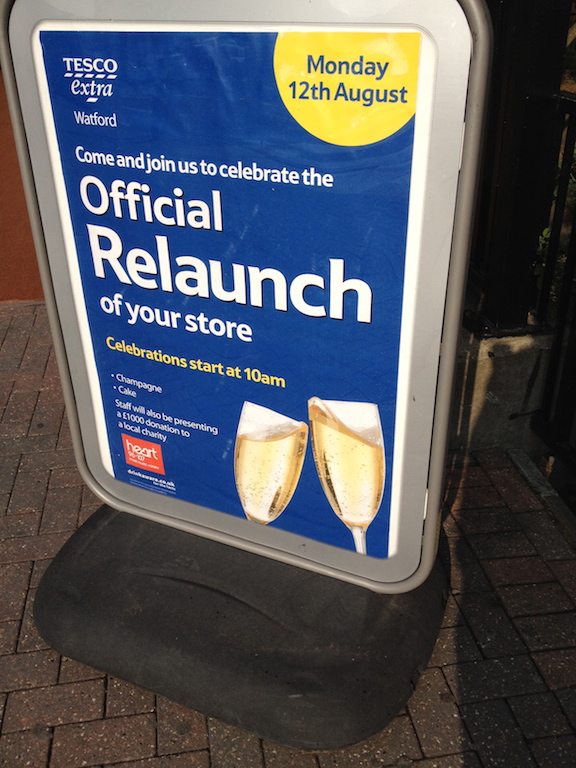
Throwback Thursday (Friday) no.5 (after a brief period off) looks back into the archives from 2013 (August) with the Watford concept. The Tesco vision for the future of hypermarket retailing.
The issue with the Watford refit was that it didn’t actually solve the main issue in this store – space. The store is a goliath and must top 100,000 sq.ft, I took Mrs D to the store and she pointed out was far too much for customers, that is the problem for wide eyed folk in the trade is that often, we get bogged down in the layouts and other irrelevant bits to the customer…. Biggest issue? Store is too big.
I would heartily recommend taking your nearest and dearest around the shops, typically they have such a good perception in few words, far more than your so called ‘experts’…. Anyway I digress, the store blazed a trail with concessions (owned by Tesco) which had perhaps fuelled the need to purchase Giraffe, H&H, Euphorium etc, an eye on siting them in the larger stores.
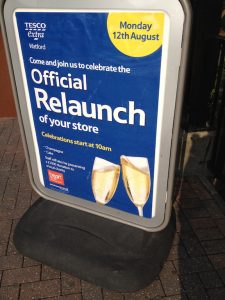
Did customers care particularly? The Coffee shop was a good idea but the speed of service in H&H leaves a fair bit to be desired, which then in turn causes a backlog. The paradox of the new concessional units are that there are 3 places (Tesco Food to go, Euphorium and H&H) where you can buy a sandwich.
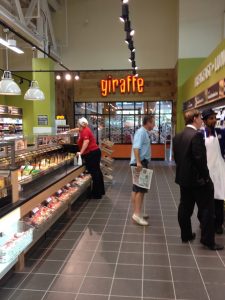
Anyway – when the store was visited there was a lot of excitement with sales up 20/30% in the first fortnight as the majority of retail related people within the UK visited the store. There were some really good innovations, with Chillers for dips within the Crisp aisle which made sense, but haven’t rolled further – so perhaps it wasn’t that good an idea after all.
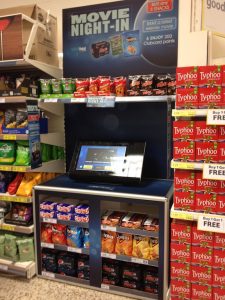
I could write pages upon pages about Watford, indeed the lesser lights, Purley and Coventry failed to kickstart the recovery for Tesco and Philip Clarke pushing along with these revamps ultimately cost him the job, plus all that went with it.
The fundamental issue is that there wasn’t a great deal reshaped with the future in mind, non food remained a large part of the mix and despite being located at the top half of the shop, there wasn’t a reduction in space – the offer looked better but was still too much.
Food was sharper but the age old problems remain, no tolerance to waste (leading to lines discontinued without any time for sales to establish) and a lack of colleagues to maintain and fill the fixtures meant no matter how good the store environment was – the basics need to be right.
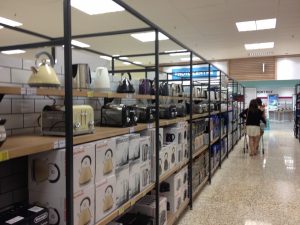
Large stores are a conundrum, look at what the discounters get away with in a far smaller store – but what about all that space? Large shops have a place in the hearts of customers but need to become relevant, no one is clear quite what relevance is just yet.
It’s not artisan Bakeries and Coffee Shops though, the hypermarkets have to be a bit more than that. Staff inside the store is a positive and Dave Lewis has reversed this cutting trend, putting colleagues on the floor which has helped the customer service perception.
The wider question around the future for the largest stores remains, and with the financial constraints on the business – what is next for the likes of Watford? A cash/carry element within the store – servicing businesses and traders? Could use up excess space and drive some volume too…..
Given the recent visit to Colruyt, there is certainly scope for a more cash/carry based model in the UK, however would it take the focus off repairing the core for Tesco?
